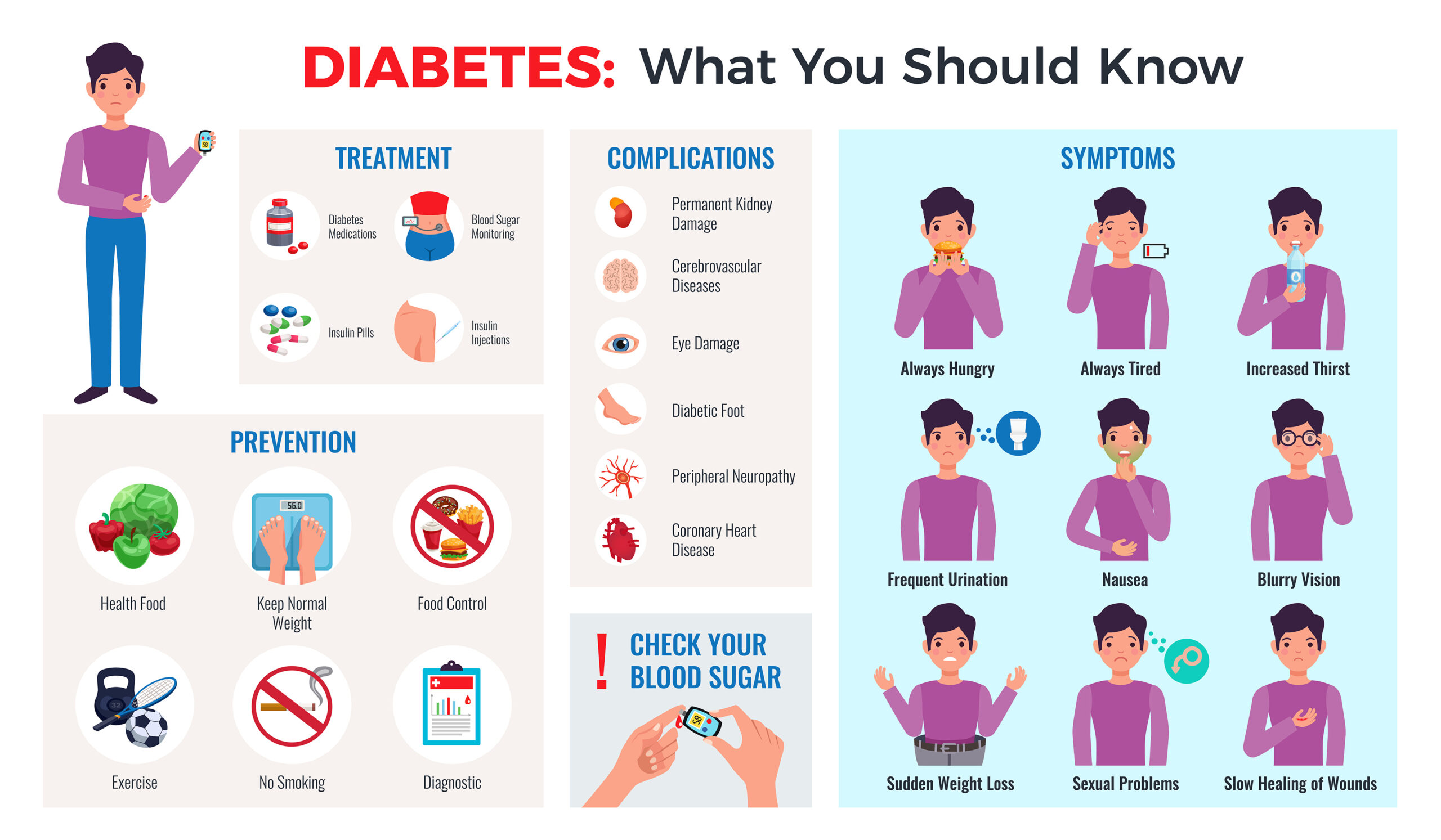You’re Not Alone — This Is Why You’re Running to the Bathroom All Day
If you or someone you love has uncontrolled diabetes and can’t stop peeing — yes, polyuria — you’re not imagining things. It’s real, it’s exhausting, and most importantly, it’s explainable. A patient with uncontrolled diabetes experiences polyuria because excess glucose in the blood pulls water into the urine, forcing the kidneys to flush it out. This isn’t just annoying — it’s your body screaming for help. Let’s break down why this happens, how to fix it, and what steps you can take today to feel better.
What Exactly Is Polyuria? (And Why Should You Care?)
Polyuria simply means “excessive urination.” Medically, it’s defined as producing more than 3 liters of urine per day — that’s about 12–15 cups. For comparison, the average healthy adult pees about 1–2 liters daily.
“Polyuria is often the first red flag that blood sugar is spiraling out of control,” says Dr. Emily Tran, endocrinologist at Johns Hopkins Medicine. “It’s not just a nuisance — it’s a metabolic emergency in slow motion.”
Quick Stats:
- 📊 30% of newly diagnosed Type 2 diabetes patients report polyuria as their first symptom (CDC, 2023).
- ⏱️ Uncontrolled diabetes can increase urine output by 200–300% compared to normal.
- 💧 Patients may lose up to 5–8 liters of fluid per day — equivalent to 2–3 large water jugs.
Why Does a Patient With Uncontrolled Diabetes Experience Polyuria Because… of Osmotic Diuresis?
Here’s the science — simplified.
When blood sugar (glucose) rises above ~180 mg/dL, your kidneys can’t reabsorb all of it. The excess glucose spills into your urine. But glucose isn’t just sugar — it’s an osmotic agent. That means it drags water with it.
This process is called osmotic diuresis — and it’s the #1 reason why a patient with uncontrolled diabetes experiences polyuria.
Step-by-Step Breakdown:
- Blood sugar spikes → above kidney’s reabsorption threshold (~180 mg/dL).
- Glucose spills into urine → can’t be reabsorbed by renal tubules.
- Osmotic pull → glucose molecules attract water molecules into urine.
- Increased urine volume → kidneys flush out the sugar-water combo.
- Dehydration risk → body loses fluids + electrolytes → thirst increases (polydipsia).
🔗 Learn more about osmotic diuresis on Wikipedia.org
The Vicious Cycle: Polyuria → Dehydration → Worse Blood Sugar
Here’s where it gets dangerous.
Because you’re peeing out so much fluid, you get thirsty — very thirsty. That’s polydipsia. You drink more… but if you’re drinking sugary beverages (soda, juice, sweet tea), you’re pouring gasoline on the fire.
Blood sugar rises → more glucose in urine → more water pulled → more peeing → more thirst → more sugar intake → blood sugar rises again.
It’s a loop that’s hard to break without intervention.

Real-Life Case: Maria’s Story
Maria, 54, from Phoenix, AZ, thought her constant bathroom trips were “just aging.” She’d wake up 4–5 times a night. Her water bottle was glued to her hand. Then, one day, she passed out at work.
ER test: Blood sugar = 487 mg/dL.
Diagnosis: Uncontrolled Type 2 Diabetes.
“I had no idea peeing so much was a sign of something serious,” she says. “I thought I just had a small bladder.”
After starting metformin, adjusting her diet, and monitoring glucose, her urine output dropped from 6L/day to 1.8L/day in 3 weeks.
How to Stop Polyuria Caused by Uncontrolled Diabetes — 5 Practical Steps
You don’t need to suffer. Here’s exactly what to do — step by step.
✅ Step 1: Test Your Blood Sugar — Now
- Use a glucometer.
- Test fasting (morning, before eating) and 2 hours after meals.
- Target range: 80–130 mg/dL (fasting), <180 mg/dL (post-meal).
📌 If fasting >126 mg/dL or random >200 mg/dL — call your doctor immediately.
✅ Step 2: Hydrate Smartly
- Drink 2–3 liters of water daily — temperature: room temp (20–25°C) is best for absorption.
- Avoid: soda, juice, sweetened coffee/tea.
- Try: cucumber water, unsweetened herbal tea, electrolyte water (sugar-free).
✅ Step 3: Adjust Your Diet — Fast
- Cut out: white bread, rice, pasta, candy, soda.
- Add: non-starchy veggies (broccoli, spinach), lean protein (chicken, tofu), healthy fats (avocado, nuts).
- Portion tip: Use the “plate method” — ½ veggies, ¼ protein, ¼ whole grains.
✅ Step 4: Move Your Body — Even a Little
- Walk 15 minutes after each meal → lowers post-meal glucose by 20–30% (American Diabetes Association).
- No gym? March in place during TV ads. Every minute counts.
✅ Step 5: Talk to Your Doctor — Don’t Wait
- Ask for: HbA1c test (shows 3-month average glucose).
- Discuss: Medication options (metformin, SGLT2 inhibitors, insulin).
- Request: Referral to diabetes educator or dietitian.
Polyuria: Diabetes vs Other Causes — Quick Comparison
| Uncontrolled Diabetes | 3–8 L/day | High | Extreme | Sweet-smelling urine |
| DI (Diabetes Insipidus) | 3–20 L/day | Normal | Extreme | Very dilute, colorless urine |
| UTI | Slightly ↑ | Normal | Mild | Burning, cloudy urine |
| Anxiety/Stress | Slight ↑ | Normal | Low | Worse during stress events |
Note: Only diabetes-related polyuria comes with high glucose + fruity/sweet urine odor.
What Happens If You Ignore It?
Ignoring polyuria from uncontrolled diabetes isn’t just uncomfortable — it’s dangerous.
⚠️ Short-Term Risks:
- Severe dehydration
- Electrolyte imbalance (low sodium, potassium)
- Dizziness, fainting, confusion
☠️ Long-Term Risks:
- Diabetic ketoacidosis (DKA) — life-threatening
- Kidney damage (nephropathy)
- Nerve damage (neuropathy)
- Vision loss (retinopathy)
The ADA reports that 25% of patients admitted for DKA first noticed polyuria weeks or months earlier — but dismissed it.
FAQ Section: Your Top Questions — Answered
❓ Why does a patient with uncontrolled diabetes experience polyuria because of high glucose?
Because excess glucose in the blood exceeds the kidney’s reabsorption capacity. This glucose spills into urine and pulls water with it via osmosis — creating large volumes of urine.
❓ Can polyuria happen even if I’m not drinking a lot?
Yes. In diabetes, polyuria is driven by glucose, not fluid intake. Even if you drink little, high blood sugar forces your kidneys to produce more urine.
❓ Is polyuria always a sign of diabetes?
No. It can also be caused by diabetes insipidus, certain medications (like diuretics), kidney disease, or excessive alcohol/caffeine. But when paired with thirst, fatigue, or weight loss — diabetes is the prime suspect.
❓ How quickly can polyuria improve after starting treatment?
Most patients see improvement within 3–7 days of blood sugar control. Full normalization may take 2–4 weeks, depending on baseline levels and treatment adherence.
❓ Should I restrict fluids to reduce peeing?
No. Restricting fluids can lead to dangerous dehydration. Focus on lowering blood sugar — the polyuria will resolve naturally as glucose normalizes.
❓ When should I go to the ER?
Go immediately if you have:
- Blood sugar >300 mg/dL + vomiting
- Confusion or drowsiness
- Fruity breath (sign of DKA)
- Inability to keep fluids down
Final Thoughts: Take Control — Your Body Will Thank You
A patient with uncontrolled diabetes experiences polyuria because their body is literally flushing out poison — excess sugar. It’s not “just peeing a lot.” It’s a loud, clear distress signal.
The good news? It’s reversible. With the right steps — testing, hydrating, eating smart, moving, and partnering with your doctor — you can stop the cycle, protect your organs, and reclaim your energy.
👉 Don’t wait. Test your sugar today. Share this article with someone who’s “always in the bathroom.” Knowledge saves lives — pass it on.
📲 Found this helpful? Share it on Facebook, Twitter, or WhatsApp — someone you love might need it right now.

Leave a Reply